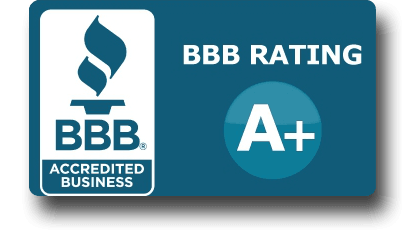New & Blogs On Demand Safety
9 Avoidable Workplace Health and Safety Hazards
Workplace health and safety hazards can be costly (to lives and the bottom line), but the good news is that they are largely preventable if you take the right precautions.
Common workplace health and safety hazards include: communicable disease, transportation accidents, workplace violence, slipping and falling, toxic events, particularly chemical and gas exposure, getting struck by objects, electrocution or explosion, repetitive motion and ergonomic injuries, and hearing loss. Although some hazards are less likely to happen in some work spaces than others, it's important to assess which hazards are most damaging to your business and your employees. Some may disrupt your continuity more than others, some may pose more serious threats to employee welfare, and still others will result in the most time lost or be the most costly. What all these setbacks have in common is that thorough planning can forestall many of them.
The go-to resource for the legal requirements in your particular industry or state is the Occupational Safety and Health Administration (OSHA), the arm of the federal government that enforces health and safety laws. "It's becoming a much more aggressive organization right now," says Jerry Laws, the editor of Occupational Health & Safety, a Dallas, Texas-based magazine. This crackdown is partly due to a string of recent, highly-publicized disasters including the West Virginia coal mine explosion, an oil rig south of Louisiana that blew up, and a fire at a Washington State oil refinery.
But ultimately, staying on OSHA's good side and protecting your employees isn't so challenging. "What they're asking employers to do, among other things, is look at your risk factors and see where your problems are," says Nellie Brown, the director of Workplace Health & Safety Programs at Cornell University's school of Industrial Labor Relations. While they aren't usually budget-breakers, many precautions against hazards obviously have a higher initial cost, but as the old saying goes, "It's better to be safe than sorry."
Copyright
© JOSH SPIRO
When you subscribe to the blog, we will send you an e-mail when there are new updates on the site so you wouldn't miss them.





Comments